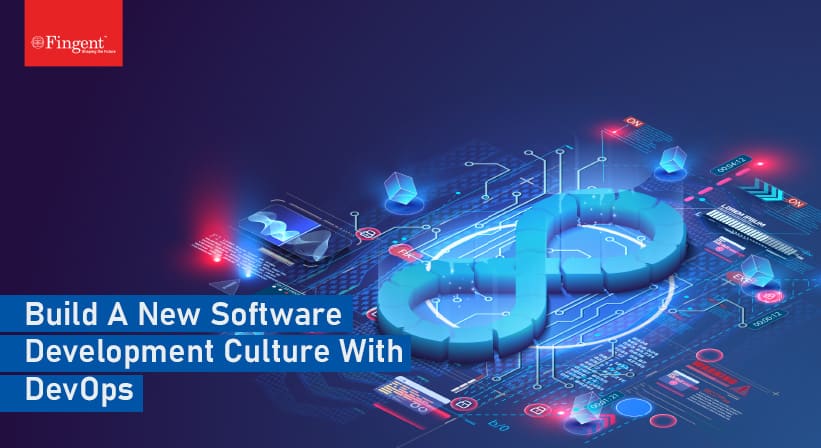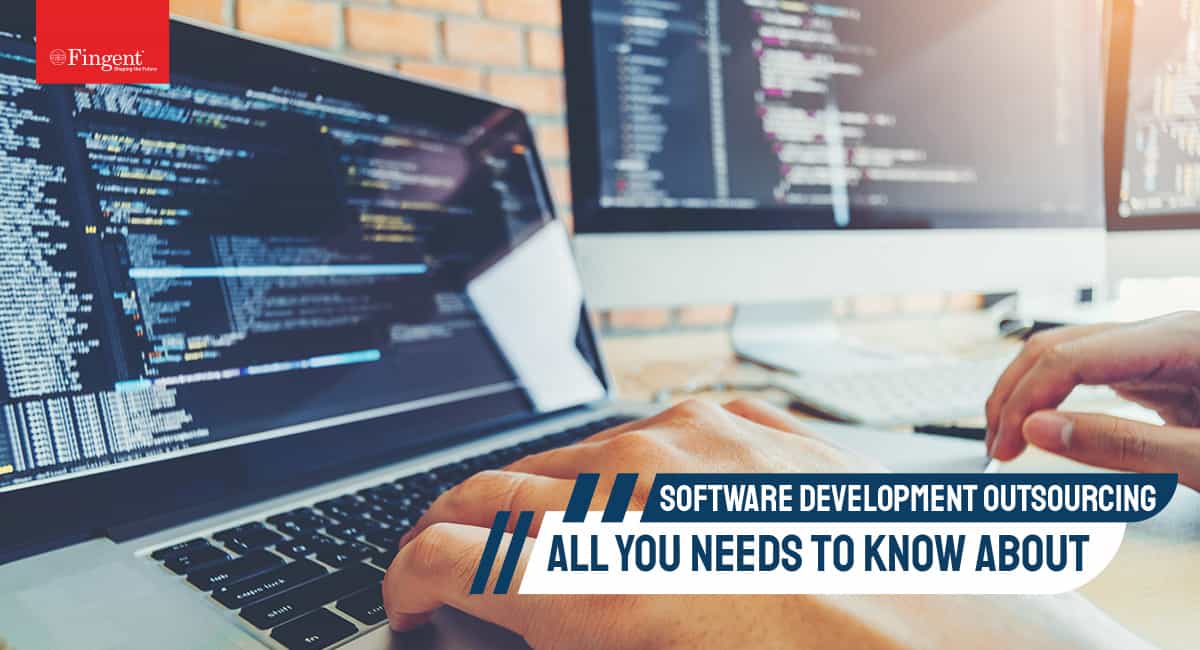Key Elements of an Enterprise Software Budget
As the world increasingly becomes software-centric, more and more enterprises are rolling out enterprise software of all hues. Empirical evidence suggests enterprises using enterprise software performs better financially, compared to enterprises which do not use such software.
However, after the gung-ho about the benefits on offer come the reality-check of costs and return on investment. In today’s highly competitive world, the top management and investors demand accountability for every dollar. The productivity improvements, new possibilities and other benefits notwithstanding, top management invariably insist aligning enterprise software with short-term business interests, and seek to justify it through metrics such as Return on Investment (ROI) and Total Cost of Ownership (TCO). In such a context, budgeting for enterprise software becomes critical.
As a rule of thumb, a standard non-subscription enterprise software ranges anywhere between $10K and $500K, depending on the functionality and feature list. However, drawing up a specific budget, and more importantly, adhering to it can be quite a challenge.Here are the key factors to consider when budgeting for enterprise software.
Software Development Costs
Since enterprise software is mostly custom built for specific tasks, it varies in price drastically. The cost of any particular enterprise software is often a function of the feature and function list. Another key consideration is the technology used. For instance, a proprietary stack would cost more than an open-source stack. Enterprises need to make a trade-off upfront between the range and depth of the software, and the investment they are prepared to make.
For instance, bare-bones email software, with no spam filters would cost considerably less than full-blown software that co-opts spam filters and other advanced options. However, opting for the full-blown version would also entail considerable up-front investment, which may make the whole exercise financially unviable or less attractive for the enterprise. The price differential may also translate into getting much more for less. There is no right or wrong solution, and the enterprise needs to make a trade-off at the planning stage, based on the need, depending on what suits them best.
Enterprises nevertheless would do well to seek the best value-for-money proposition, rather than going for the cheapest option. A case in point is investing more for futuristic and expandable technology stacks, rather than risk low-cost enterprise software that may become obsolete in a year’s time. Often the enterprise takes a risk by subsidizing the initial investment, hoping for ROI in the long run, as the software matures and becomes part of the day-to-day infrastructure.
Many enterprises now adopt Software as a Service (SaaS) solutions, which not only offers anytime, anywhere availability but is also cost-effective compared to on-premises installation.
Licensing Costs
Unless the enterprise is developing the software solution in-house, they would need to purchase the license from the developer.
Annual licenses, common with subscription or software as a service (SaaS) offerings, is a popular and convenient option, where enterprises purchase a per-user license from vendors. Such licenses are generally all-inclusive, including technical support, software maintenance, and hosting.
Consumption licenses offer a “pay-as-you-go” model, which is a variant of the annual license model. Here, the enterprise pays only for the actual use of the software rather than fixed monthly or annual fees.
Perpetual licenses are the opposite of annual license, where the enterprise makes an upfront, one-time payment for the license, and get to own the software for eternity. This is the most common type of license for custom made and self-hosted enterprise software. However, even such licenses may be on a tiered basis, with the amount varying for a number of users. Enterprises would also have to pay annual support and maintenance fee, usually in the range of 10% to 20% of the perpetual license fee. The updates, upgrades, and fixes are part of maintenance, but enterprises would still pay additional for changes to the software, such as changing functionality depending on business requirements.
Hosting Costs
It is not enough to develop the software. The developed software has to be hosted. Nowadays, the trend is hosting in the cloud, which is much more convenient, cost effective, and perfectly suits the needs of mobility. The enterprise generally enters into a Service Level Agreement with the provider, fixing the payment, and securing a guaranteed level of service, in return. As a rule of thumb, cloud vendors generally price about 1/3 of the upfront license cost of on-premises solutions, on an annual basis.
Implementation Costs
After developing and hosting the software, it has to be implemented, meaning it is to be installed, up and running at every place the software is supposed to function. The implementation ratio is the ratio of implementation service cost to the software license, or in other words, the amount required for implementation, for every dollar spent on the software license. Generally, implementation will cost the same as the license, but complex implementations, spread over multiple geographies, can cost more. The cost of implementation would also depend on whether there is a need to buy new systems or terminals to run the software.
Operations Cost
The most underestimated part of the enterprise software budget is the operations costs, such as boarding costs or costs to bring users to the system, training cost, and also the opportunity cost in lost productivity as people forsake their earlier system, and get familiar with the new software. However, the opportunity cost, and for that matter, all cost pays back for itself in a short while, if the software is good enough to boost productivity and unlock new opportunities.
Enterprises not having the latest cutting edge software stand to lose out big time. At the same time, software is not the end in itself, but rather a means to an end, and it is in the organization’s interest to take up the means if the benefits of the means far exceed the investment on it. The solution to the imbroglio is partnering with us for your enterprise software development requirements. Our considerable expertise spanning across several projects, and our rich talent pool allow us to deliver highly powerful solutions in the most cost-effective manner.
Stay up to date on what's new

Recommended Posts

16 Sep 2021 Manufacturing Retail
DevOps: Building A New Culture Of Software Development And Delivery
The pandemic has derailed the global economy, impacting businesses across the world. If organizations wish to keep up with the lightning pace of app and platform improvements while staying cyber……

25 Jun 2021 Logistics
Software Development Outsourcing Guide for CEOs – Fingent
Outsourcing Software Development In 2024: Ultimate Guide Let’s Discuss Your Project Table of Contents Introduction What is Software Development Outsourcing? What Kind of Software Development Services Can You Outsource? Why……

20 Dec 2017 Media
6 Trends in Customer Experience for Enterprises in 2025
In today’s age of hyper-competition, businesses need to focus their systems on the customer. A critical area of focus is business software. Much of business software hitherto focused on internal……

07 Nov 2017
Why Get a Maintenance Contract With Your Software Solution Provider?
So your company has recently purchased an Enterprise Software that will help the organization run. But did you check whether the technology solution provider has provided a maintenance plan along……
Featured Blogs
Stay up to date on
what's new




















































